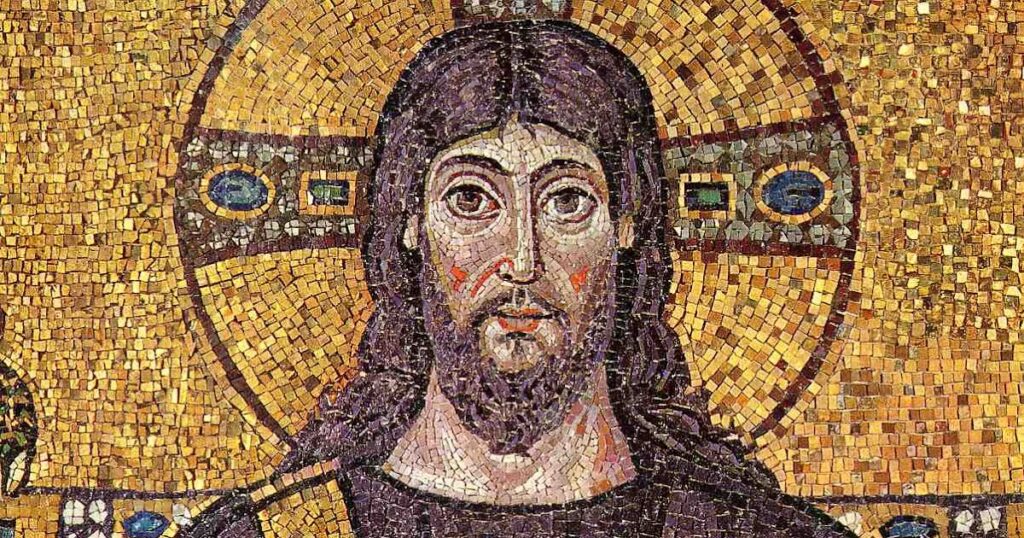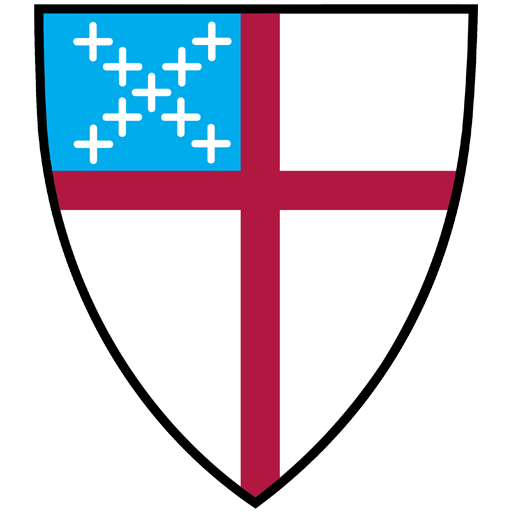January 1 (Lesser Feasts and Fasts 2000)

The designation of this day as the Feast of the Holy Name is new to the revision of the Prayer Book. Previous Anglican Prayer Books called it the Feast of the Circumcision. January first is, of course, the eighth day after Christmas Day, and the Gospel according to Luke records that eight days after his birth the child was circumcised and given the name Jesus.
The Law of Moses required that every male child be circumcised on the eighth day from his birth (Leviticus 12:3); and it had long been the custom to make of it a festive occasion, when family and friends came together to witness the naming of the child.
The liturgical commemoration of the Circumcision is of Gallican origin, and a Council in Tours in 567 enacted that the day was to be kept as a fast day to counteract pagan festivities connected with the beginning of the new year. In the Roman tradition, January first was observed as the octave day of Christmas, and it was specially devoted to the Virgin Mother.
The early preachers of the Gospel lay stress on the name as showing that Jesus was a man of flesh and blood, though also the Son of God, who died a human death, and whom God raised from death to be the Savior (Acts 2:32; 4:12). The name was given to Jesus, as the angel explained to Joseph, because he would “save his people from their sins” (Matthew 1:21). (The word means “Savior” or “Deliverer” in Hebrew.)
Then, as now, people longed to be freed from evils: political, social, and spiritual. The name of Jesus calls to mind the true freedom which is ours through Jesus the Christ.
